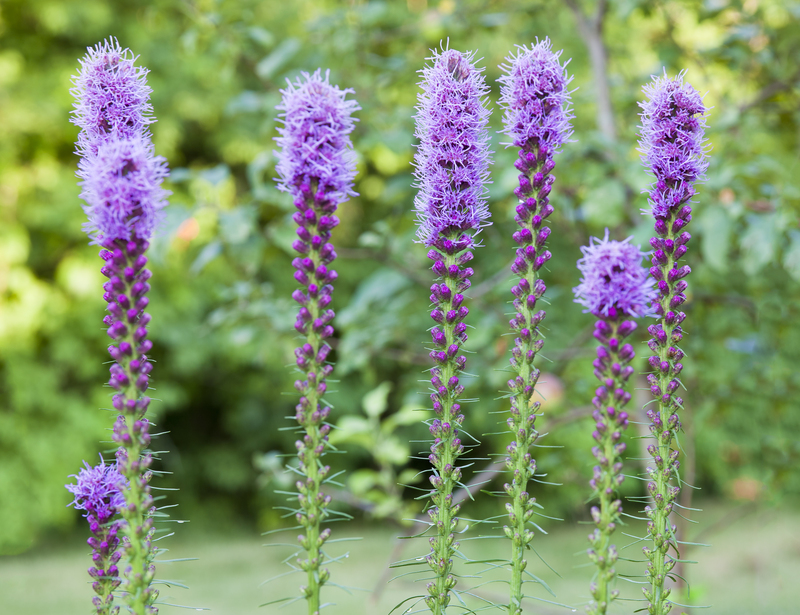Ways to Stop Pollen at Your Door
Posted on 08/01/2025
Pollen is a common allergen that can cause various allergic reactions, including sneezing, itchy eyes, and congestion. Keeping pollen out of your house can significantly improve indoor air quality and help alleviate allergy symptoms. In this article, we'll explore effective methods to stop pollen from entering your home, along with tips, pros and cons, and key takeaways.
Install a High-Quality Door Mat
The first line of defense against pollen is a good door mat. Invest in an effective mat that can capture pollen and other particles from shoes. Place mats both outside and inside every entrance to your home. Double-layered protection ensures that most of the particles get trapped before they enter the house.

Use Air Purifiers
Air purifiers are greatly effective in reducing indoor pollen levels. Choose an air purifier with a HEPA filter, which can trap over 99% of pollen particles. Place the purifier near doorways and windows for maximum efficiency. Remember to replace the filters regularly to maintain their efficacy.
Seal Your Doors and Windows
Ensure all doors and windows are properly sealed to prevent pollen entry. Weather stripping around doors and caulking around windows can help create an airtight environment. Check for any gaps and fix them promptly.
Establish a No-Shoes Policy
Shoes are a significant pollen carrier. Establish a strict no-shoes policy inside your home. Set up a designated area close to the entrance where family members and visitors can remove their shoes. Consider providing indoor slippers to enhance comfort.
Keep Windows Closed During High Pollen Season
While fresh air is vital, keeping windows closed during peak pollen season is critical to keeping allergens out. Use air conditioning to cool your home instead of opening windows. Check daily pollen forecasts and keep your windows shut when the pollen count is high.
Regularly Clean Your Home
Consistent cleaning is essential to manage pollen levels indoors. Vacuum your home regularly using a vacuum cleaner with a HEPA filter to trap pollen. Dust surfaces with a damp cloth to effectively remove pollen particles without spreading them into the air.
Wash Pets and Bedding Frequently
Your pets can carry pollen into your home. Regularly washing your pets and their bedding will reduce the amount of pollen they bring indoors. Likewise, laundering your bedding frequently can help minimize nighttime allergy symptoms.
Use Pollen-Proof Screens
Pollen-proof screens can be installed on windows and doors to allow ventilation while keeping pollen out. These screens are specially designed to block microscopic particles, making them an excellent addition to your home during allergy season.
Plant Pollen-Free Plants
Consider planting low-pollen or pollen-free plants around your home. Many hypoallergenic plant options are available that can enhance your garden without aggravating pollen allergies. Consult with a local nursery for the best low-pollen plant recommendations.
Maintain Your Lawn
Regular lawn maintenance can help keep pollen levels low. Mow your lawn frequently and keep it well-watered to reduce pollen release. Avoid mowing on high pollen days and wear a mask if necessary.
Pros and Cons
Here are some pros and cons of adopting these measures to keep pollen at bay:
- Pros:
- Reduces indoor allergens
- Improves indoor air quality
- Alleviates allergy symptoms
- Cons:
- Some measures can be expensive (e.g., air purifiers, pollen-proof screens)
- Requires consistent effort and maintenance
Tips for Managing Pollen Indoors
- Check daily pollen forecasts to plan outdoor activities accordingly.
- Wear sunglasses outside to protect your eyes from pollen.
- Shower and change clothes after spending time outdoors.
- Use allergy-proof covers on pillows and mattresses.

Key Takeaways
- Effective door mats and sealing windows and doors are essential for keeping pollen out.
- Investing in air purifiers with HEPA filters can significantly reduce indoor pollen levels.
- Consistent cleaning and regular maintenance of pets and lawns help manage pollen indoors.
Conclusion
Managing pollen inside your home is essential for reducing allergy symptoms and improving overall indoor air quality. By implementing these effective measures, you can create a healthier living environment. Remember to combine multiple strategies for maximum efficiency, and maintain diligence in your efforts to keep pollen out. Your respiratory system will thank you!




